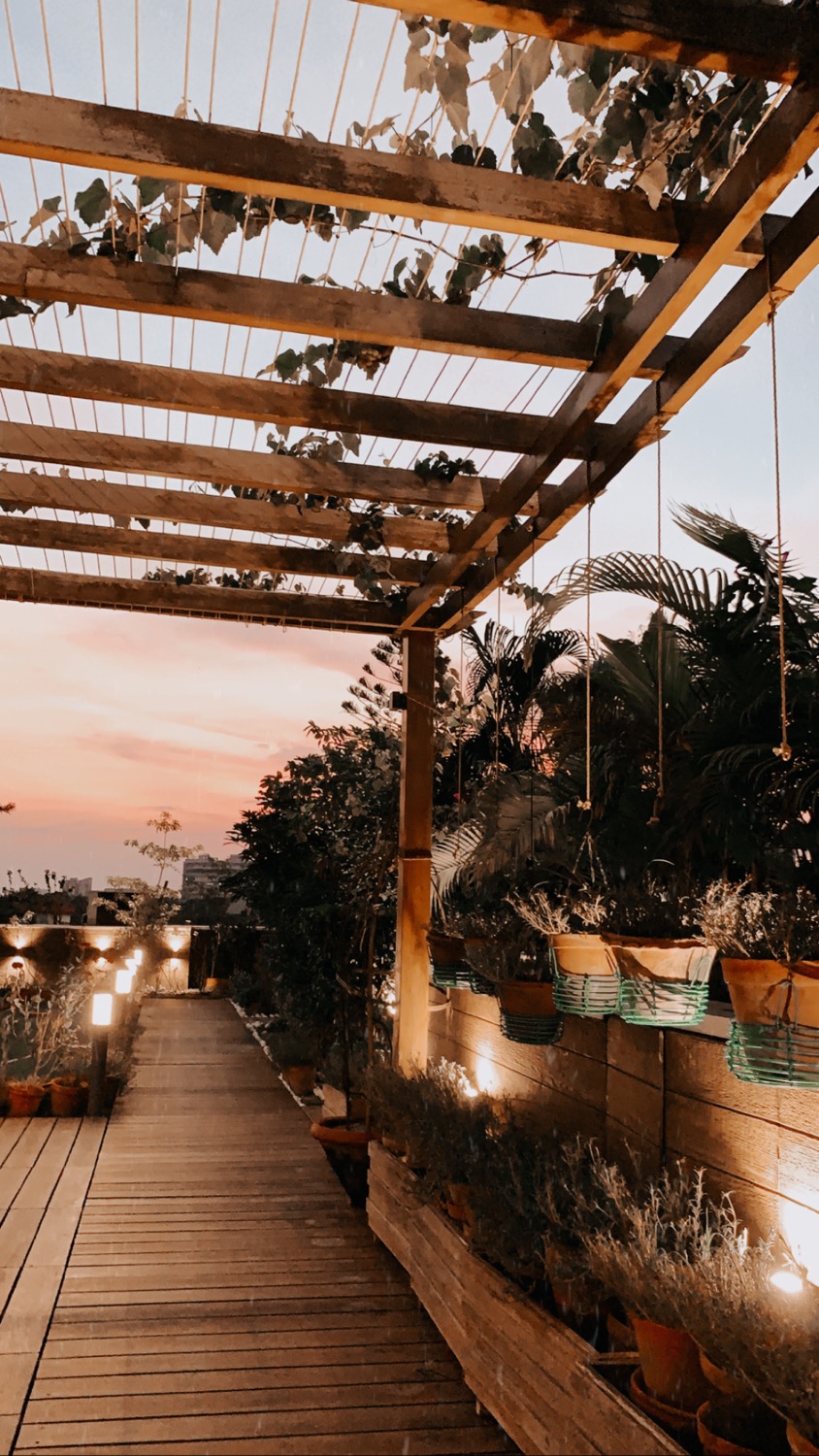Week 2
- Alisha Gupta

- Jun 19, 2022
- 3 min read
The second week was all about sculpting based on the design I had idealized from my research and sketches. I wanted to try and achieve a strong visual point of reference before I went into the technical phase that would take over the majority of this unit. I made a few rough drawings focusing on the form of the komodo. Since previously I had made a proxy model and based on that was able to identify the areas of its anatomy that I needed a better understanding of.
The first set of drawings I made were solely on the komodo as itself from different perspectives. These were quick and rough, with no detail and only attention to the outline of its body and head, which changed its appearance based on the point of view it was seen from. Since the komodo is mostly found with its spine bent over, I drew it from this angle even though my ideation had its head held high above the water.


I made another couple sketches of its skeleton, combining it with the skeleton of the pliosaurus for its fins underneath an outline of the complete body; these helped me gain an understanding of the proportions for each part viewed from above and the skeleton of its head. The other drawings moved into my concept, at this stage; they were still quite rough and loose because I was still trying to get a clear understanding of its shape language in the water, since. It had to only be a concept and not a working model that moved. I didn’t want it to still feel a bit wooden and rigid.


I made a few more sketches of the temple structure and the layout I wanted to follow. I naturally had to make one of my own because the real Angkor Wat had a massively complicated layout that would take far too much time to recreate, and I wanted mine to be kept fairly simple anyway since the creature was the main focal point.




I started sculpting the creature from its head first and this was a lengthy process because I had to redo it since my first attempt was not looking like the komodo’s structure that had more flow and curve to its head, especially when viewed sideways. The first attempt looked a bit like a duck and I wasn’t making a duck. I eventually was told it was a good idea to let go of this duck and make the head once more from scratch.
I started sculpting the creature from its head first and this was a lengthy process because I had to redo it since my first attempt was not looking like the komodo’s structure that had more flow and curve to its head, especially when viewed sideways. The first attempt looked a bit like a duck and I wasn’t making a duck. I eventually was told it was a good idea to let go of this duck and make the head once more from scratch.


The second attempt I decided to sculpt the head and jaw separately, since each time I tried to sculpt it as one object it was getting increasingly complicated because the creases that I needed to form in the mesh for the mouth and curve of its jaw was affecting the shape of his head and eye sockets that needed to stay in place for accurate symmetry.


Which is why I looked up online and gathered a fresh set of better references of the komodo’s head from all angles I needed to sculpt from, including diagonally. Thankfully, after a good eight hours I was finally left with a more lizard like head with snake like eye sockets, that were far apart. For the neck I increased its length to later join it to the body and sit vertically attached to the base of the head, in a way the skin hung around it and lumped forward. The mesh looked a bit stretched because multiple vertices had overlapped one another while I was trying to sculpt it, which is why I got back to it later in the stage and just focused on its placement.


My favorite part of sculpting was undoubtedly the eyes. It was an important feature, or I dare say the most important in its head, because that is where the viewers attention would be drawn to. I made the eyes as a three-step sculpt. I went ahead and divided on sphere into three parts by cutting it open for the eye socket; then a second for the lid, and a third final one for the iris. The eye socket sat deep inside and cupped the lid, which was the most detailed on the eye, since it had multiple folds that I mostly modeled and carefully sculped in parts that needed a bit more depth. I placed the iris over the lid that I extruded forward as the cornea.







Comments